‘Camp: Notes on Fashion’ opens at The Met’s Costume Institute
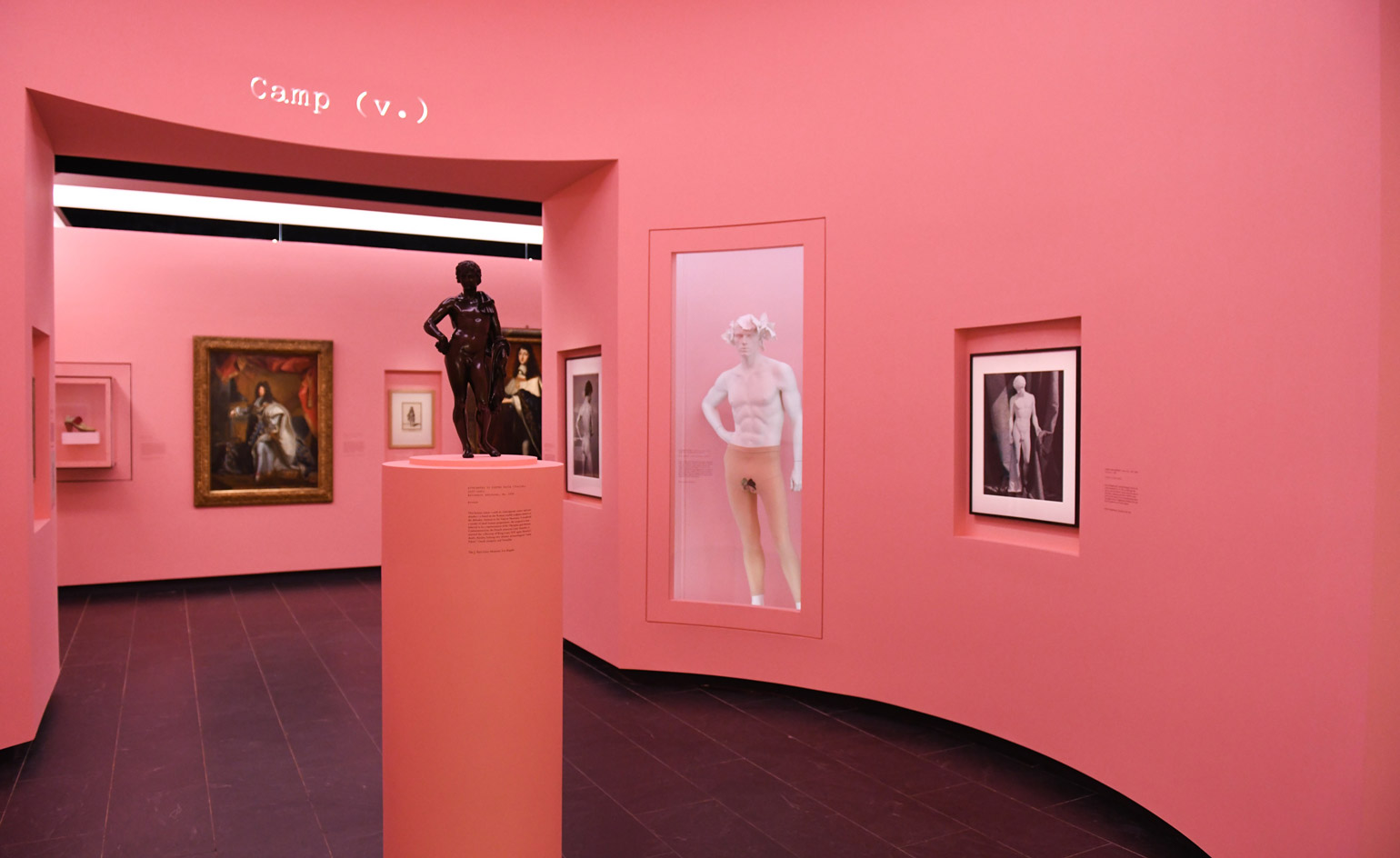
Trying to define what exactly is camp, the theme of The Met Museum’s annually anticipated Costume Institute showcase, is as confounding as trying to hit a moving target. Fluid, subjective and elusive, the idea of camp has morphed countless times since the term first made its way into an English dictionary, back in 1909.
Originally defined as ‘actions and gestures of exaggerated emphasis. Probably from the French. Used chiefly by persons of exceptional want of character,’ the subversive beginnings of the term have since given way to a combination of extravagance, fantasy, hedonism, subculture and ornamentation – all of which have been well-represented in the exhibition ‘Camp: Notes on Fashion’, which opens at the museum tomorrow, is named after the title of Susan Sontag's seminal essay 1964, which dissected the term, and included the estimation camp was based on ‘unnatural: of artifice and exaggeration'.
In fact, it seems like everything these days, given contemporary pop culture’s attraction to visual and emotional excess, can be considered a little camp. ‘[Camp’s] elusiveness translates into a virtually limitless accordance of references. Examples spring from anytime and any place, and all aspects of life including art, film, music, sports and of course, politics,’ explains the Costume Institute’s curator Andrew Bolton. To wit, in a book about camp, authored by Mark Booth in 1984, Booth lists a wide-ranging group of figures, including Alexander the Great, Coco Chanel, David Hockney, Mick Jagger, john Singer Sargent and Better Midler as bastions of camp.
‘Camp tends to come to the fore during moments of social and political instability, when our society is deeply polarized,’ Bolton adds. ‘The 1960s was one such moment, as were the 1980s, and so too the times in which we live in. Camp is by its nature subversive. It reacts with and against public opinion, confronting and challenging the status quo.’
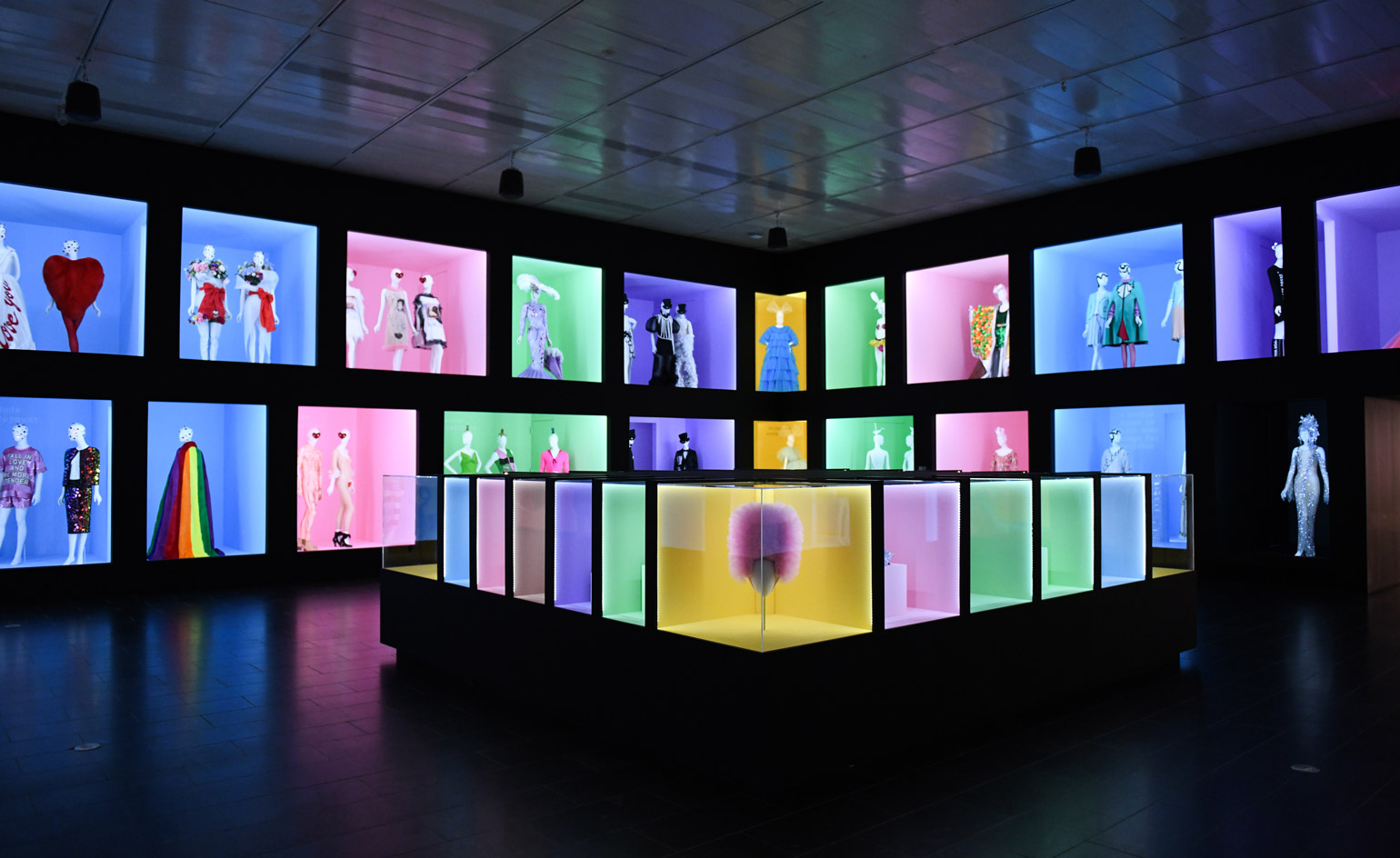
‘Camp: Notes on Fashion' installation view.
The Costume Institute’s effort in articulating the idea of camp to a contemporary audience is presented in two parts. The exhibition features a set designed by theatre scenographer Jan Versweyveld, whose past work includes David Bowie’s Lazarus and Broadway productions like Network and A View to Kill.
At the forefront, visitors walk through an all-pink series of intimate corridors and galleries, deliberately so to reference the classical and clandestine nature of being camp back during its 17th century Versailles origins. Opening with a circular gallery space that references classical welcome parlors, to the selection of historical sculptures, drawings and paintings, displayed in specially alcoves and pedestals, the level of spatial detail subtly takes visitors back in time without being overly literal. Interspersed with these are complementary examples of contemporary fashion – Rococo-esque Chanel haute couture from 1987, a 1998 Jean-Paul Gaultier mash-up of a black 18th-century taffeta gown with trimmed men’s trousers underneath, and a 2019 brown and black fur Gucci smoking jacket trimmed with white cord, that echoes one worn by Oscar Wilde in an 1887 photograph by Napoleon Sarony.
The latter half of the show showcases camp in all its multi-faceted wonder. Here, Versweyveld envisioned a house for all the different iterations of camp. ‘It’s like a mirror of human behavior,’ he describes. ‘[The set design] provides one big world where all these different styles of camp can live together.’ Extravagant tulle confections by Giambattista Vallii, jewel-encrusted gowns by Bob Mackie, a feathered flamingo headpiece by Schiaparelli and a Marc Jacobs cape printed with a recurring motif of Maria Callas all inhabit their own chambers with various pastel-hued backdrops.
Rather than deep-diving into what camp actually means, ‘Camp: Notes on Fashion’ merely provides a taste of all that it can be. Instead of coming across as a final judgment, being camp in the institution’s eyes is a celebration of creativity, expression, fantasy and freedom – all of which we could do well to hold on to, now more so than ever.
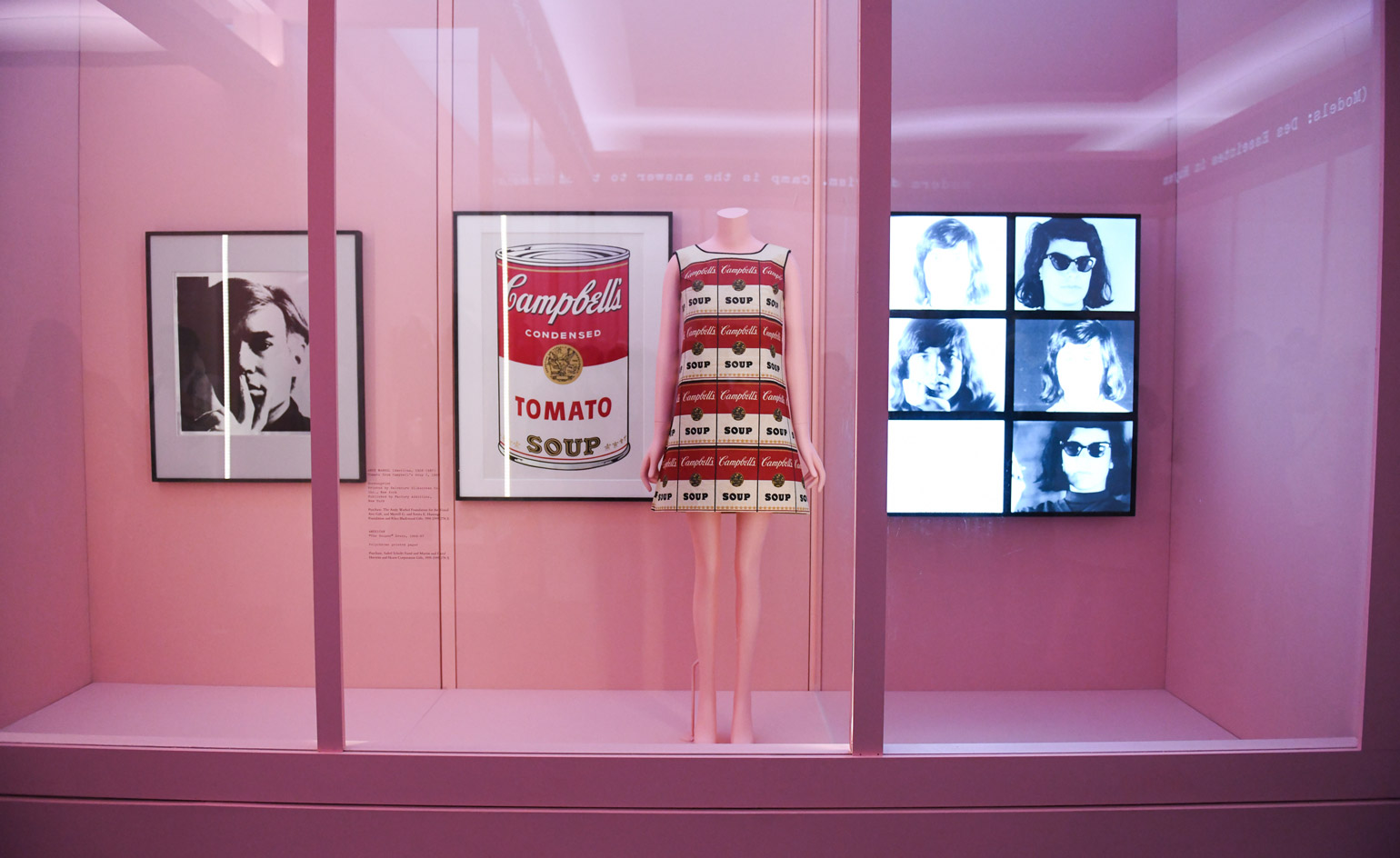
Installation view, ‘Sontagian Camp'
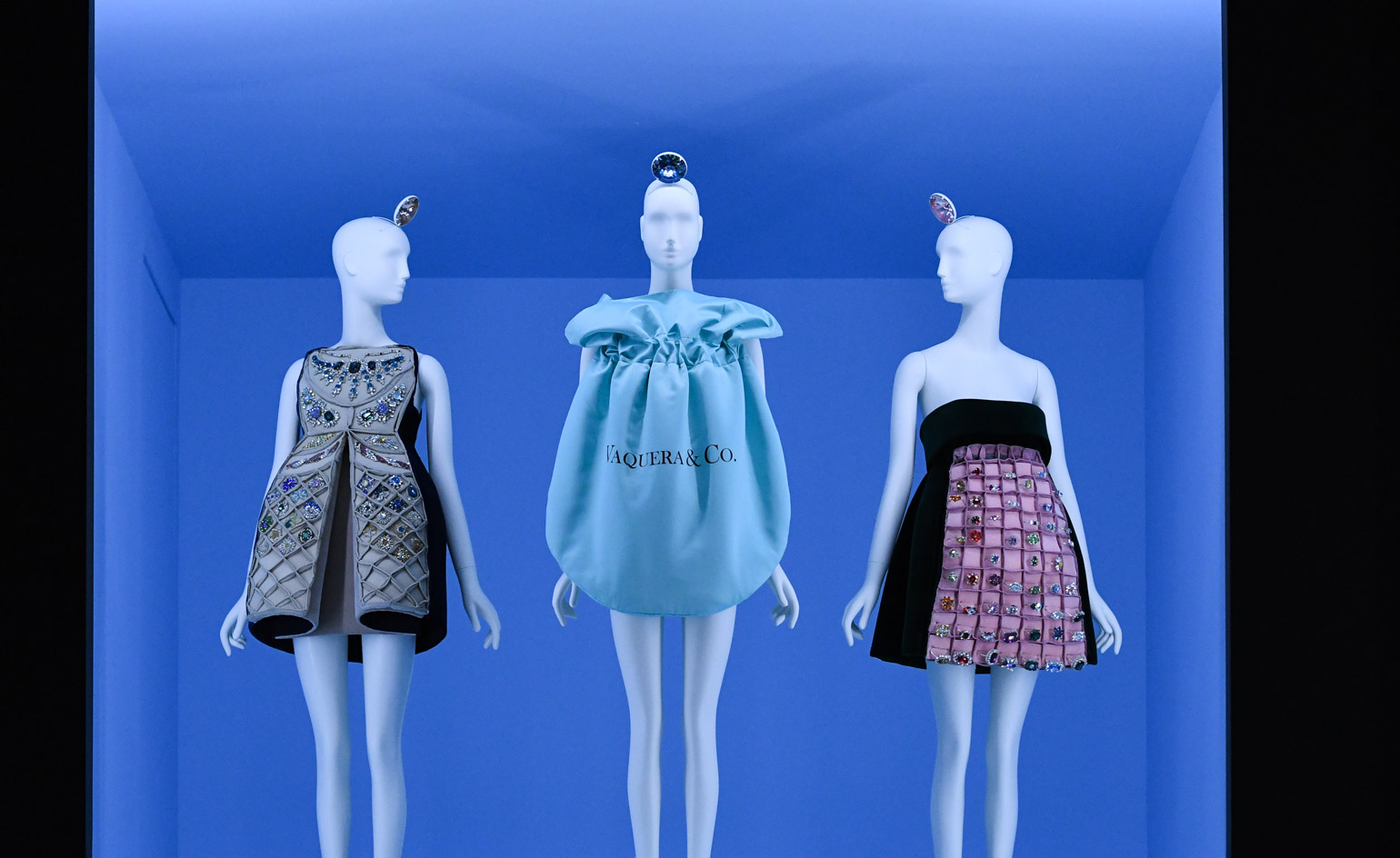
Installation view, ‘The Psychopathology of Affluence'
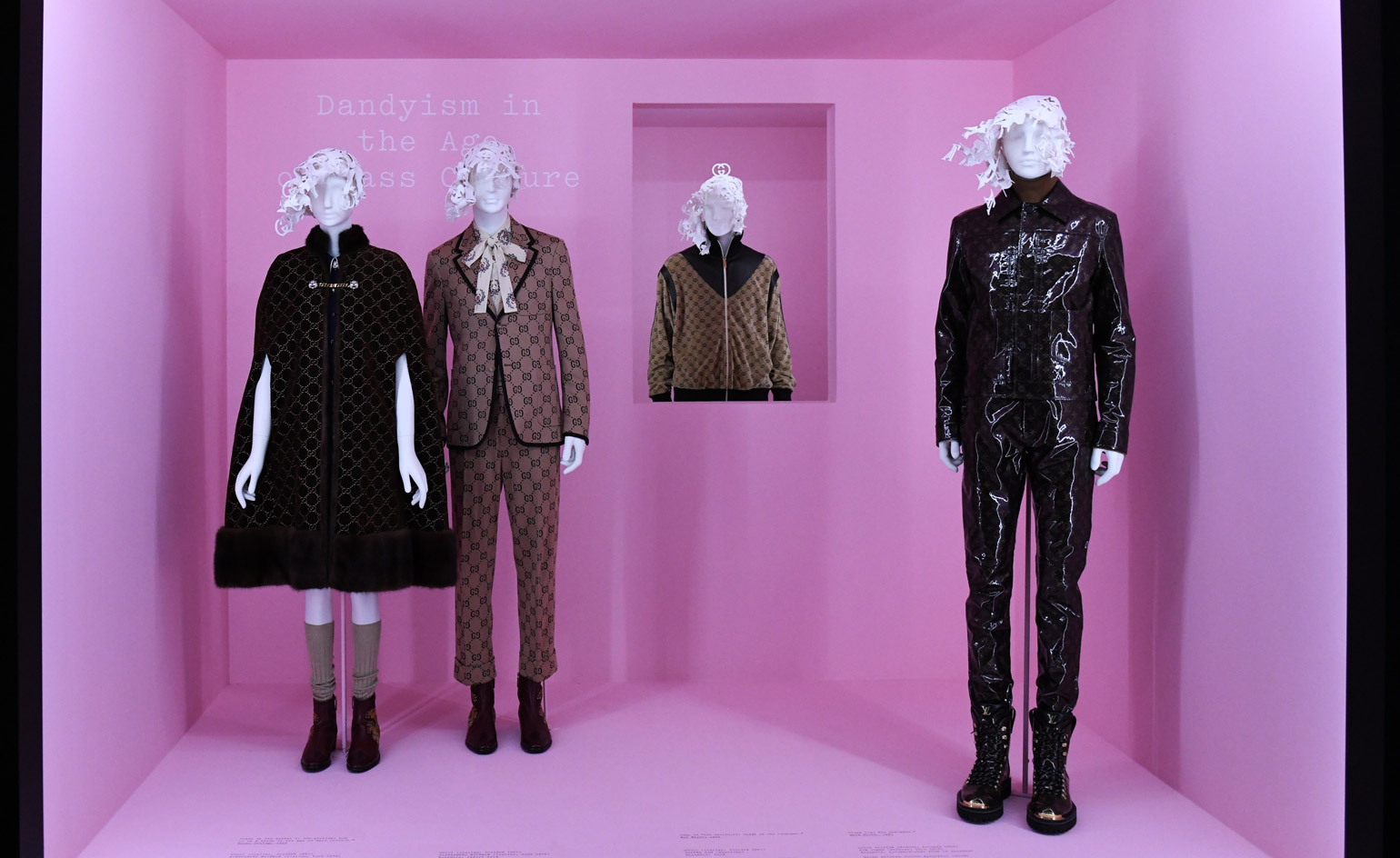
Installation view, ‘Dandyism in the Age of Mass Culture'
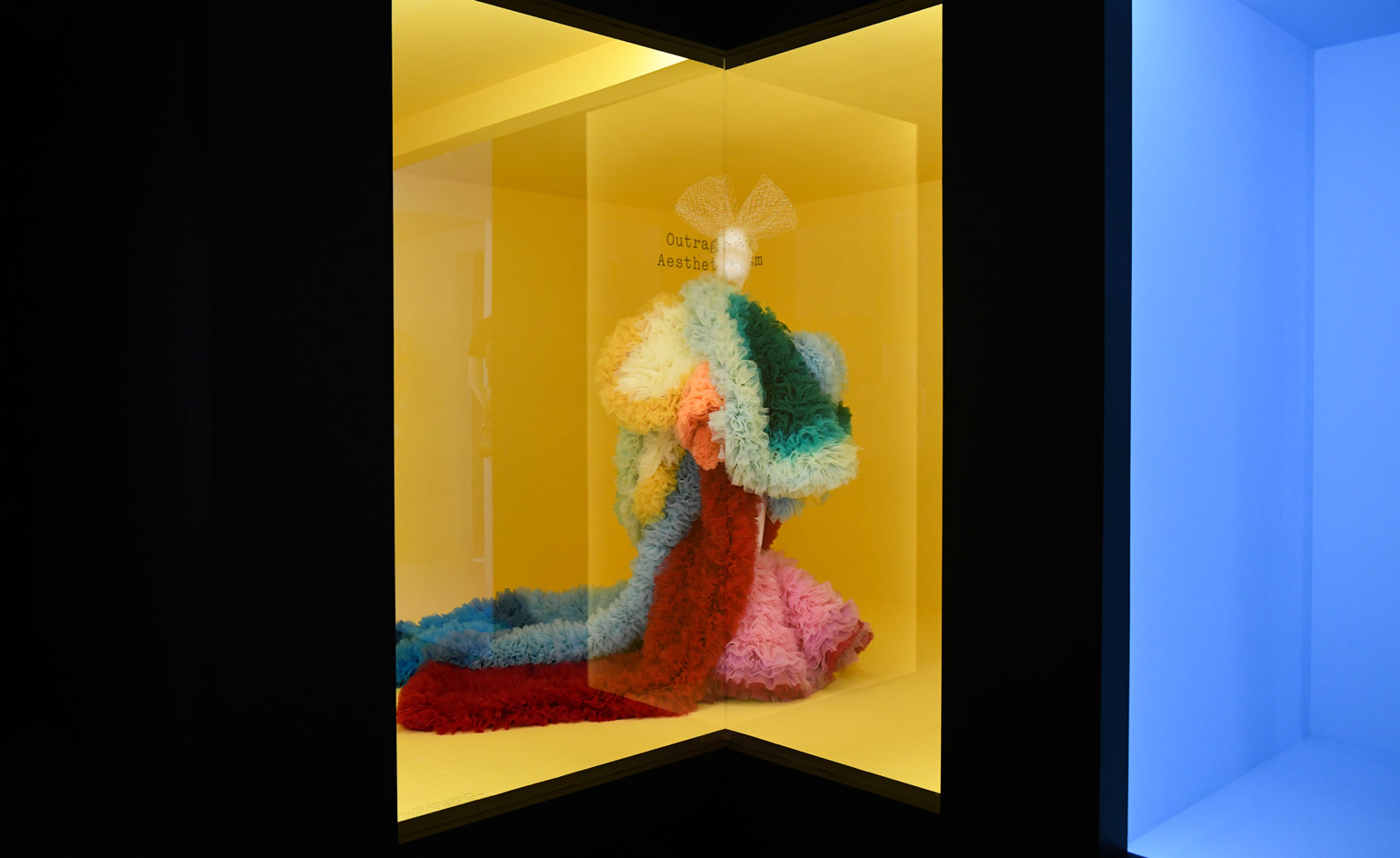
Installation view, ‘Outrageous Aestheticism'
INFORMATION
’Camp: Notes on Fashion’ is on view from 9 May – 8 September 2019. For more information, visit the Met Museum website
ADDRESS
1000 Fifth Avenue
New York, NY 10028
USA
Wallpaper* Newsletter
Receive our daily digest of inspiration, escapism and design stories from around the world direct to your inbox.
Pei-Ru Keh is a former US Editor at Wallpaper*. Born and raised in Singapore, she has been a New Yorker since 2013. Pei-Ru held various titles at Wallpaper* between 2007 and 2023. She reports on design, tech, art, architecture, fashion, beauty and lifestyle happenings in the United States, both in print and digitally. Pei-Ru took a key role in championing diversity and representation within Wallpaper's content pillars, actively seeking out stories that reflect a wide range of perspectives. She lives in Brooklyn with her husband and two children, and is currently learning how to drive.
-
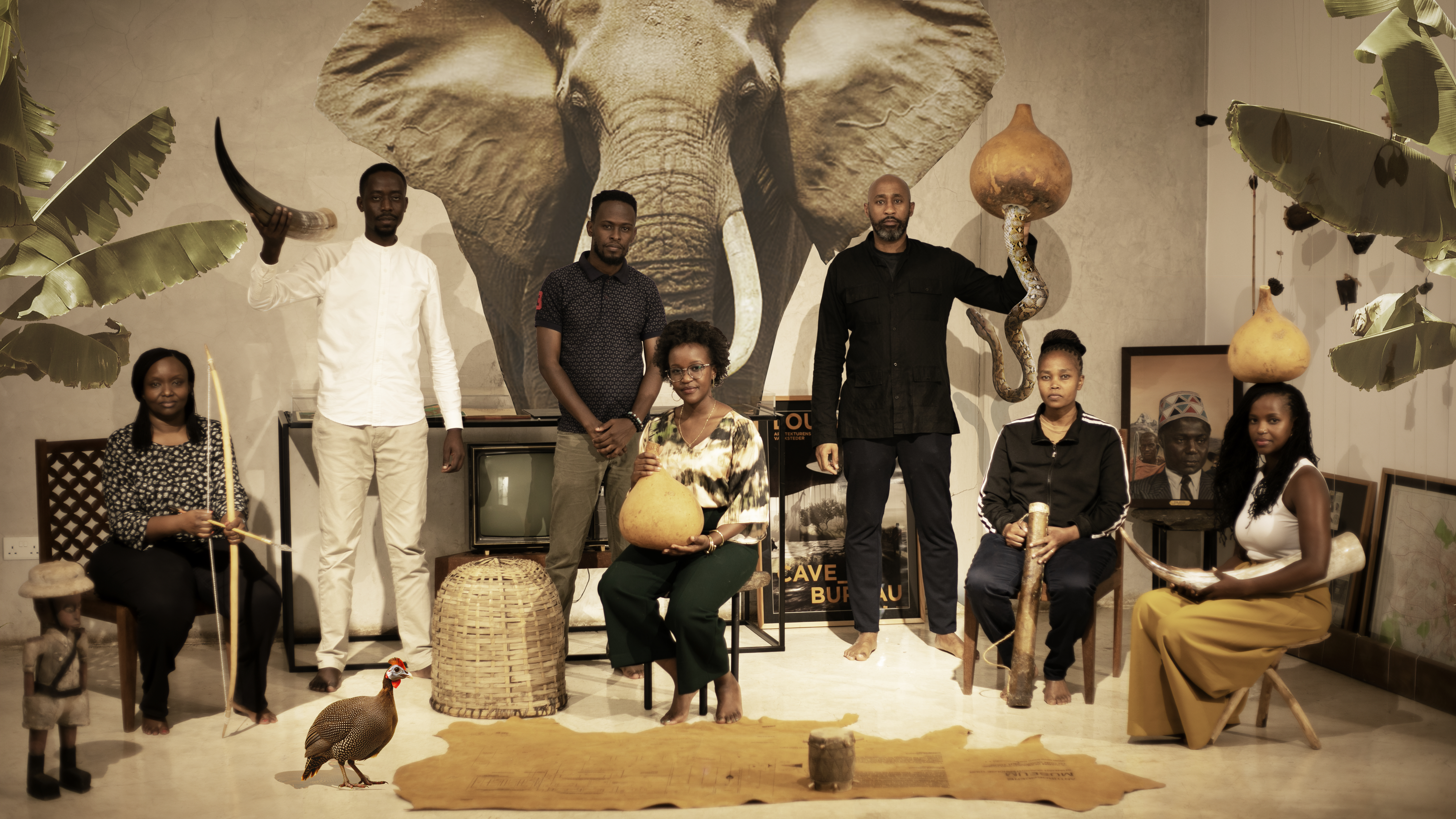 Enter the world of Cave Bureau, and its architectural and geological explorations
Enter the world of Cave Bureau, and its architectural and geological explorationsNairobi practice Cave Bureau explores architecture’s role in the geological afterlives of colonialism, as part of a team exhibiting at the British pavilion at the Venice Architecture Biennale 2025
By Marwa El Mubark
-
 All-In is the Paris-based label making full-force fashion for main character dressing
All-In is the Paris-based label making full-force fashion for main character dressingPart of our monthly Uprising series, Wallpaper* meets Benjamin Barron and Bror August Vestbø of All-In, the LVMH Prize-nominated label which bases its collections on a riotous cast of characters – real and imagined
By Orla Brennan
-
 Maserati joins forces with Giorgetti for a turbo-charged relationship
Maserati joins forces with Giorgetti for a turbo-charged relationshipAnnouncing their marriage during Milan Design Week, the brands unveiled a collection, a car and a long term commitment
By Hugo Macdonald
-
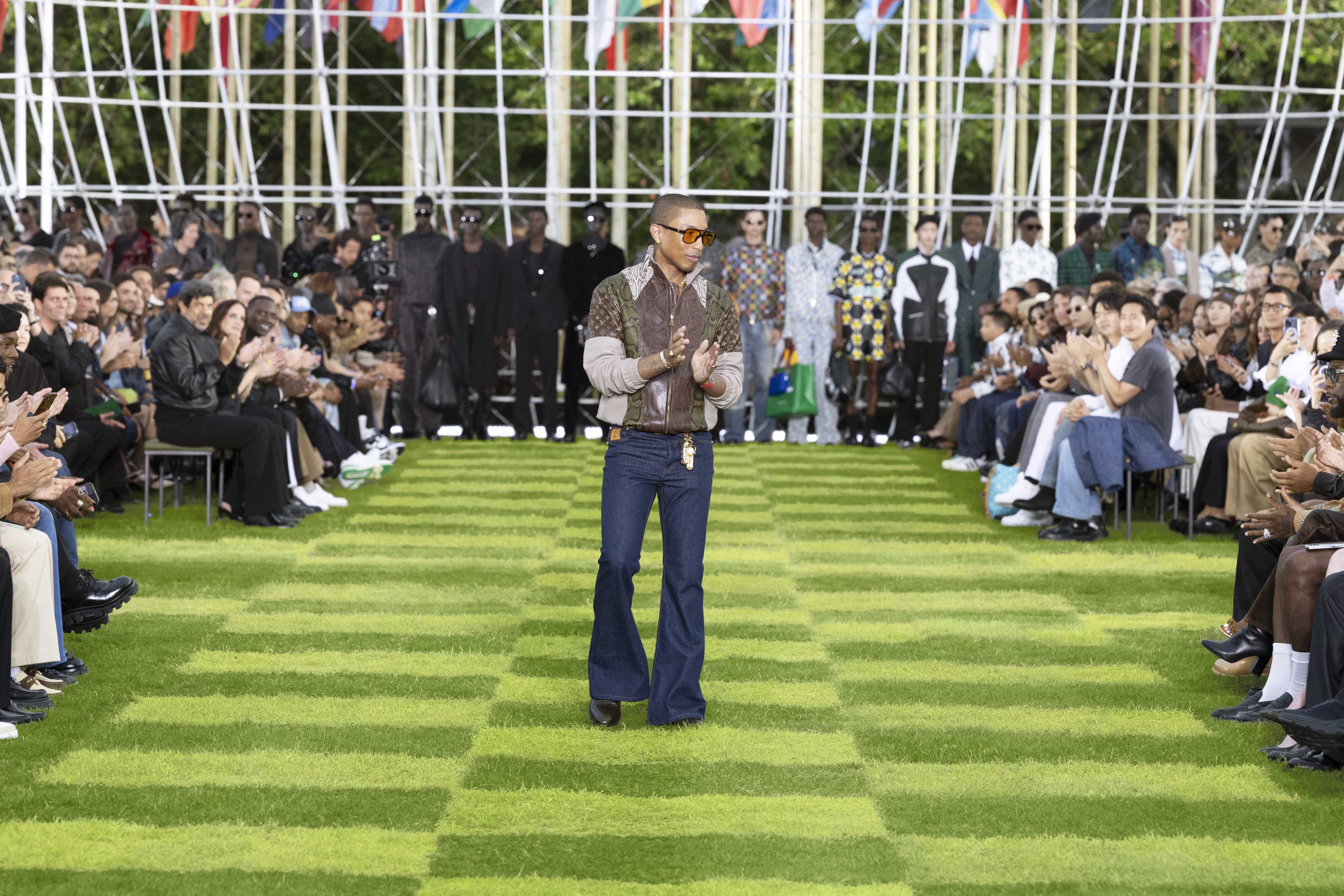 Met Gala 2025 and ‘Superfine: Tailoring Black Style’ exhibition: everything we know so far
Met Gala 2025 and ‘Superfine: Tailoring Black Style’ exhibition: everything we know so farEverything Wallpaper* knows about the Met Gala 2025 so far – from the just-revealed dress code to the exhibition theme and A-list co-chairs
By Anna Solomon
-
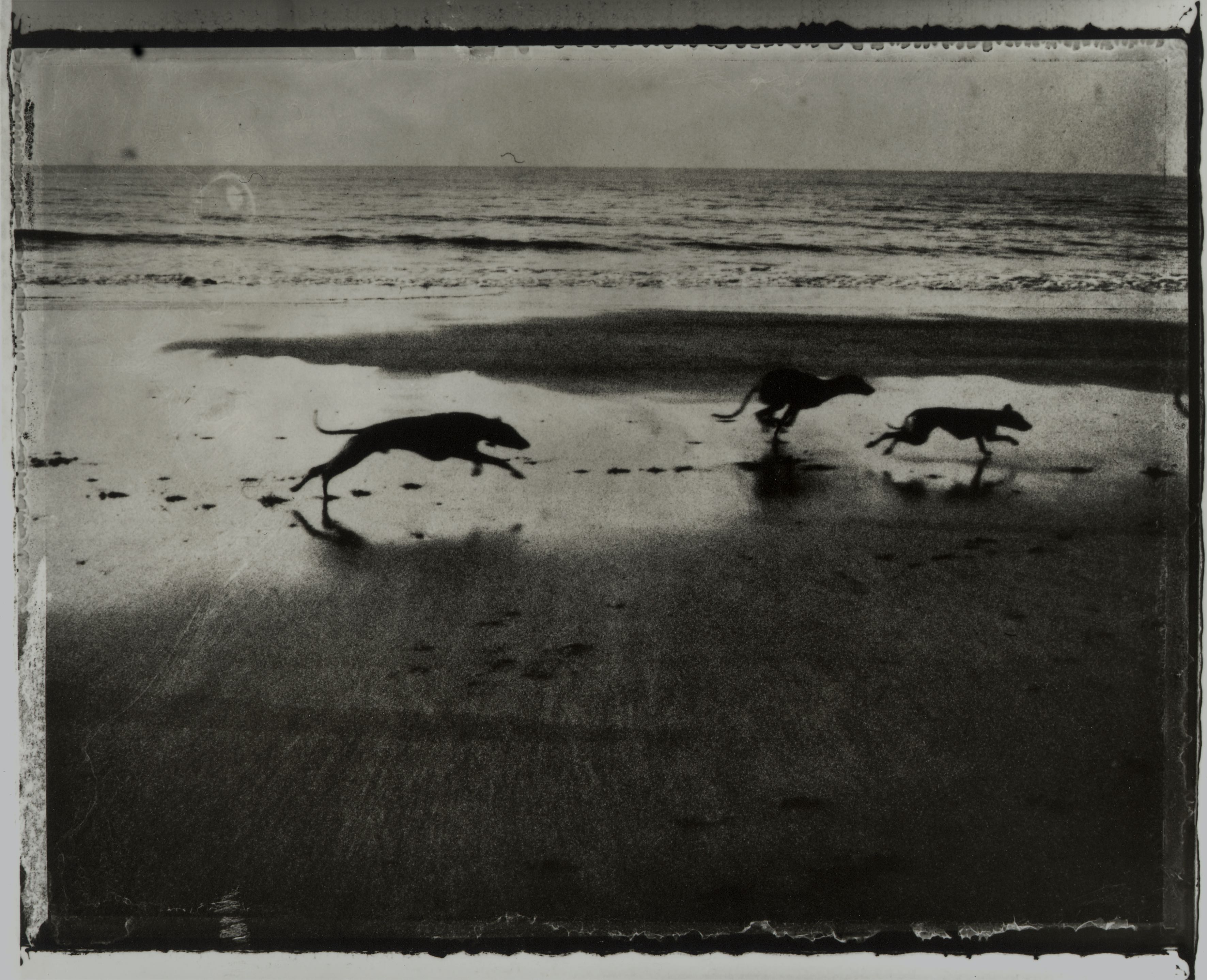 Sarah Moon brings painterly fashion and dark fantasy to Fotografiska New York
Sarah Moon brings painterly fashion and dark fantasy to Fotografiska New YorkOctogenarian French photographer and filmmaker Sarah Moon shows 30 years of work at Fotografiska New York – spanning fashion and fantasy, mystery and the macabre, it’s dark, painterly and compelling
By Pei-Ru Keh
-
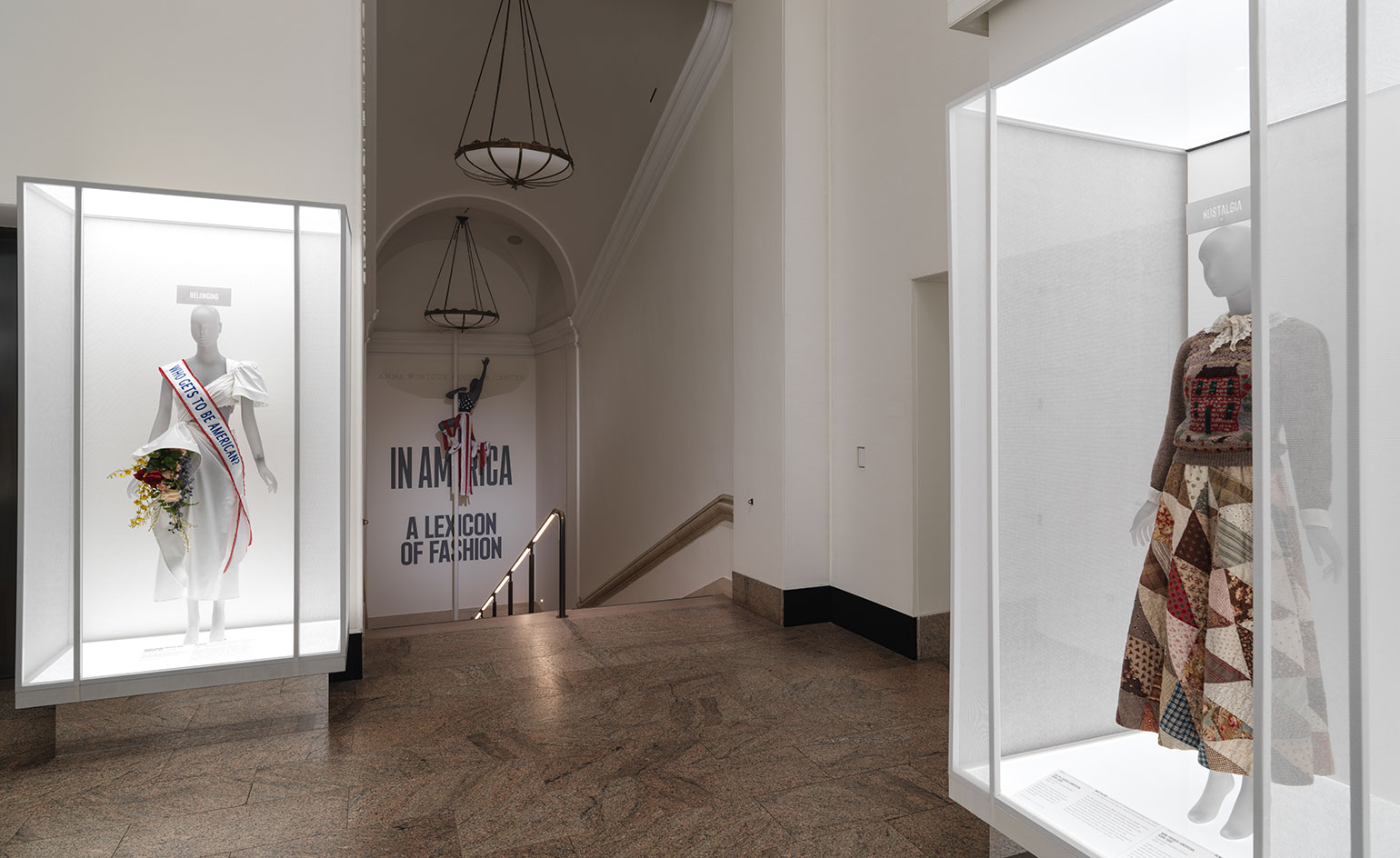 ‘In America: A Lexicon of American Fashion' is coming to The Met
‘In America: A Lexicon of American Fashion' is coming to The MetThe first of a two-part, year-long extravaganza, ‘In America: A Lexicon of American Fashion’ is organised into 12 sections that seek to define the emotional qualities in American style
By Pei-Ru Keh
-
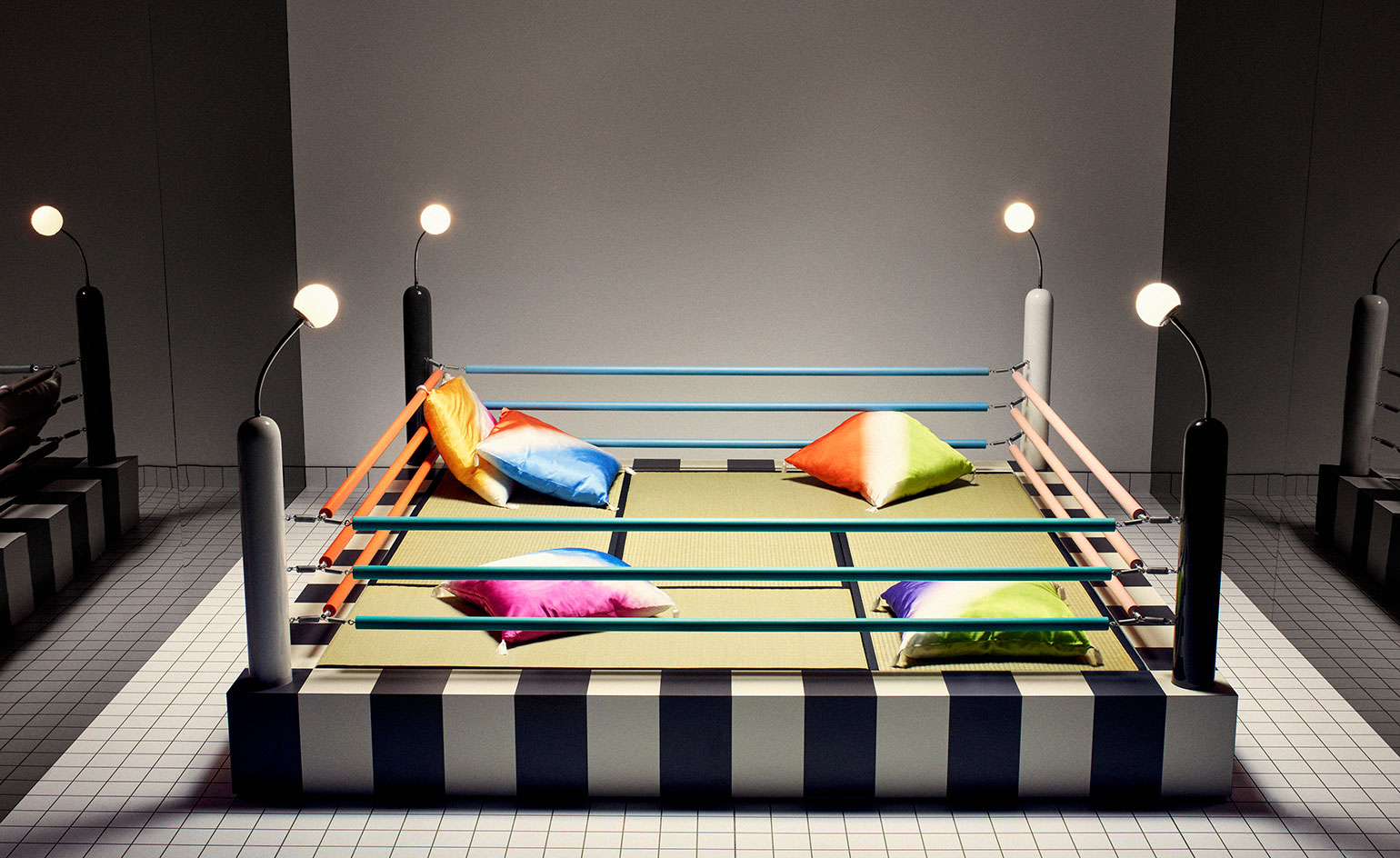 Saint Laurent celebrates 40 years of Memphis Group
Saint Laurent celebrates 40 years of Memphis GroupMemphis Group's milestone birthday is celebrated with a series of colourful furniture installations across the French maison's concept boutiques
By Laura Hawkins
-
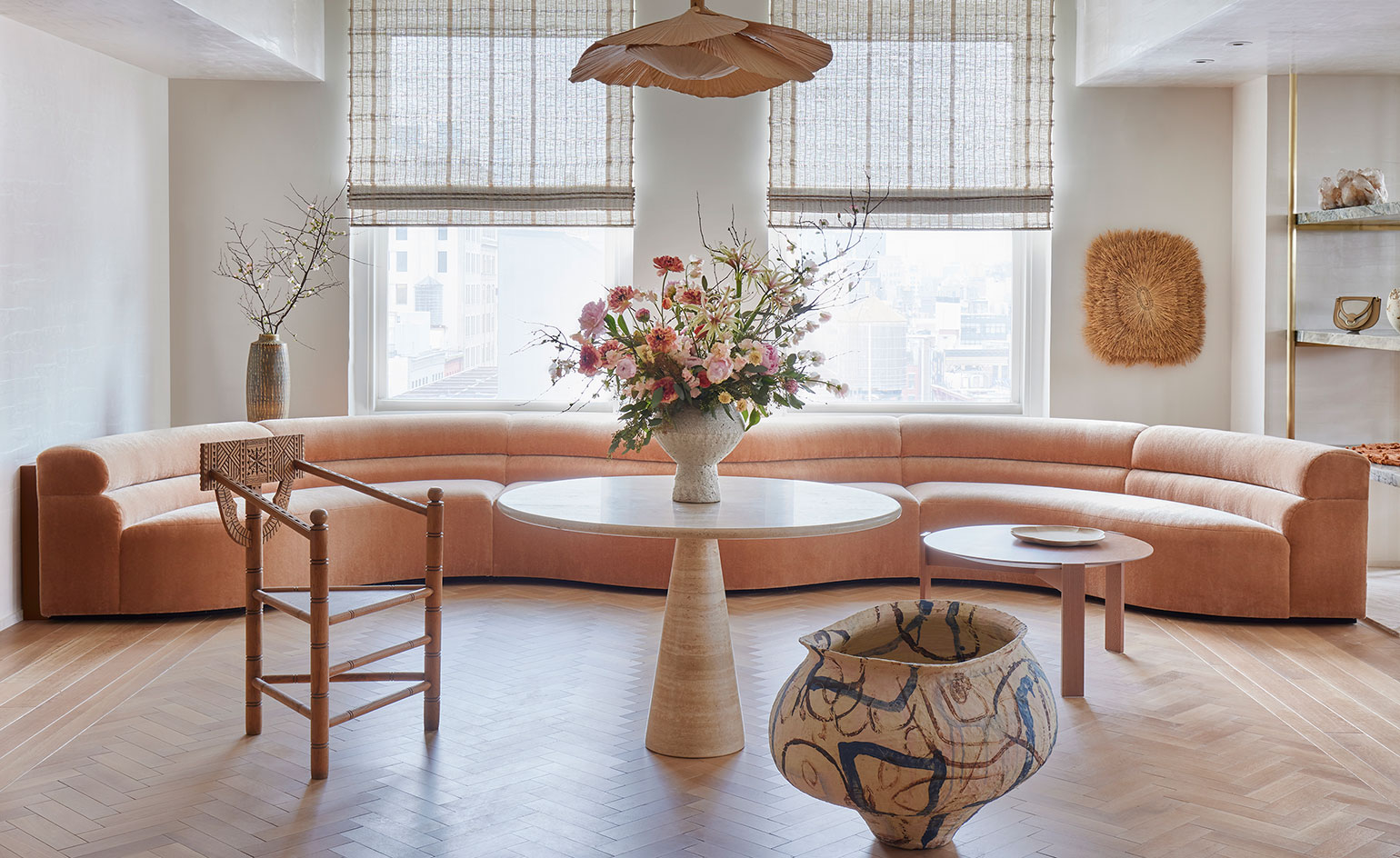 ‘A place for the eye to pause’: Ulla Johnson unveils New York HQ
‘A place for the eye to pause’: Ulla Johnson unveils New York HQThe Manhattan-born fashion designer opens a warmly-hued style sanctuary, created in collaboration with architect Rafael de Cárdenas
By Tilly Macalister-Smith
-
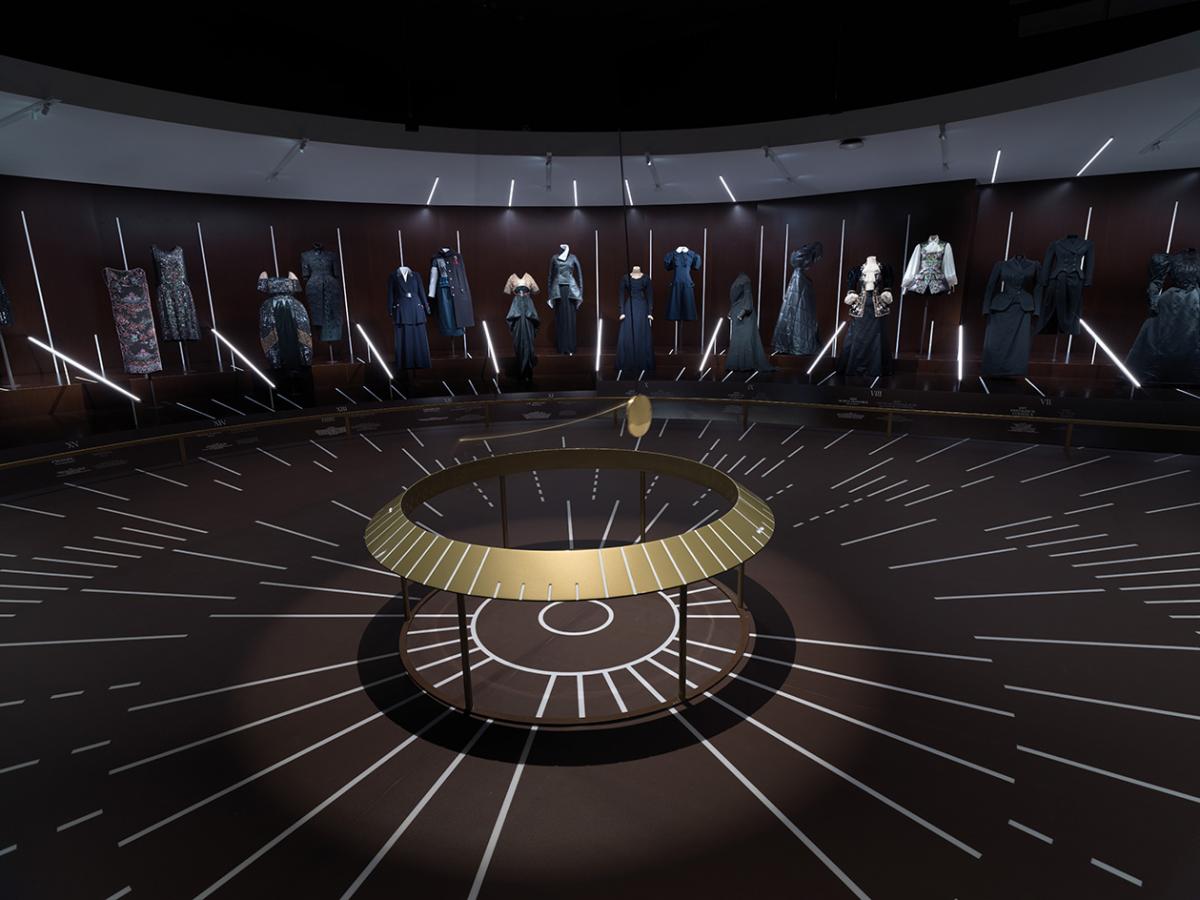 Es Devlin-designed time-travelling exhibition opens at The Met’s Costume Institute
Es Devlin-designed time-travelling exhibition opens at The Met’s Costume Institute‘Our aim is to communicate the phenomenon of time as it is expressed through the female form,’ says Devlin of the exhibition she has designed alongside curator Andrew Bolton
By Pei-Ru Keh
-
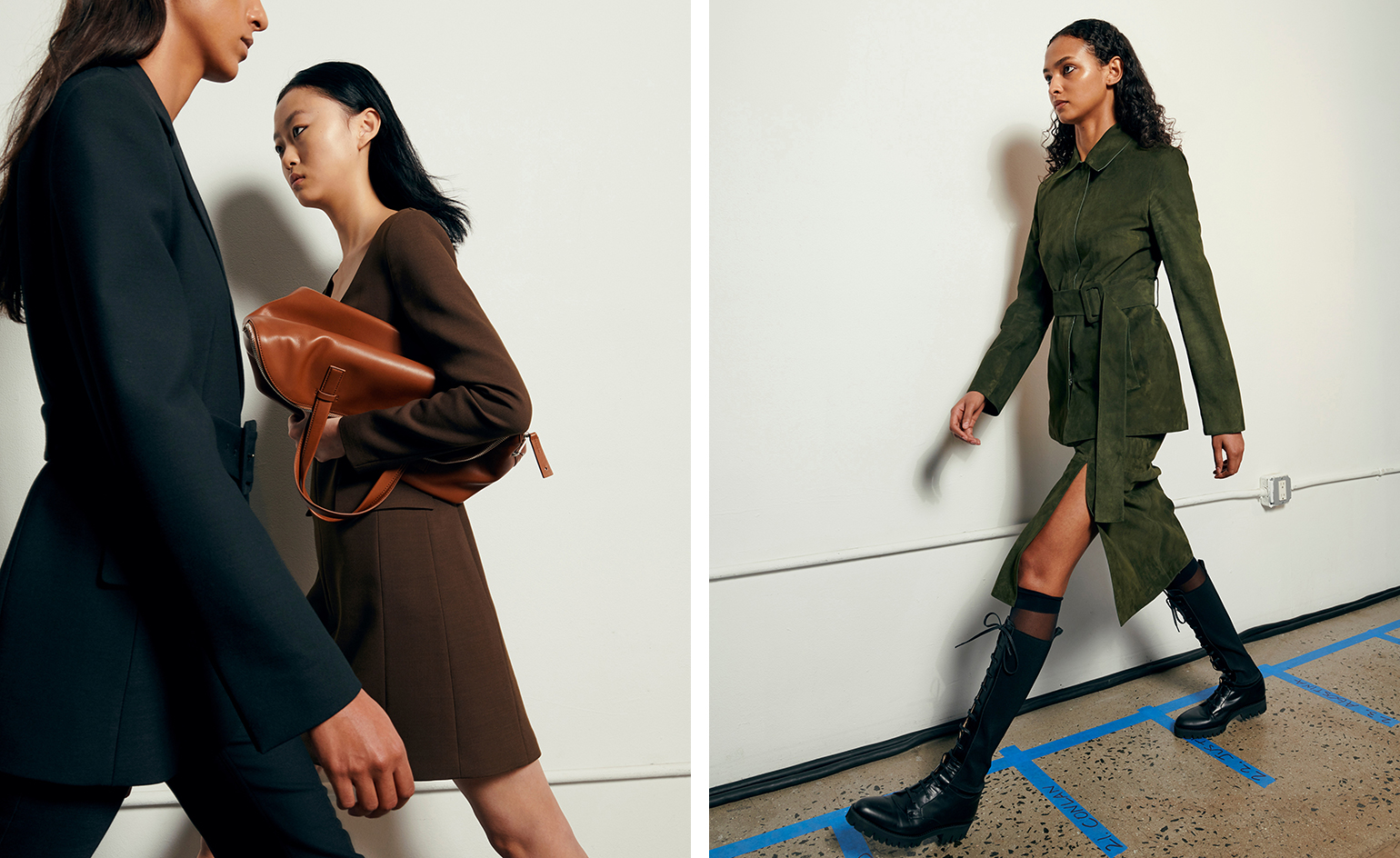 Theory A/W 2020 New York Fashion Week Women’s
Theory A/W 2020 New York Fashion Week Women’sBy Tilly Macalister-Smith
-
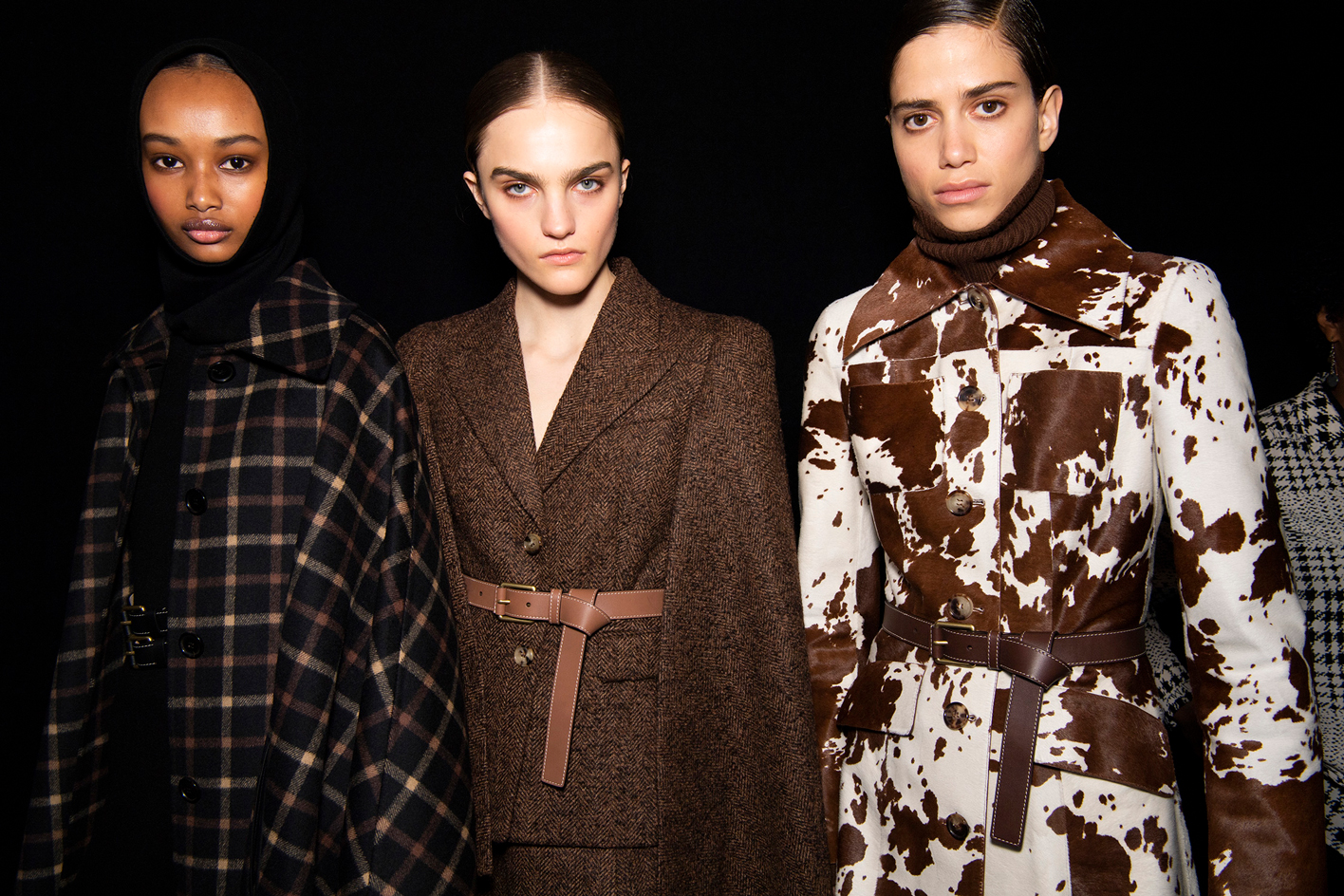 Michael Kors A/W 2020 New York Fashion Week Women’s
Michael Kors A/W 2020 New York Fashion Week Women’sBy Tilly Macalister-Smith